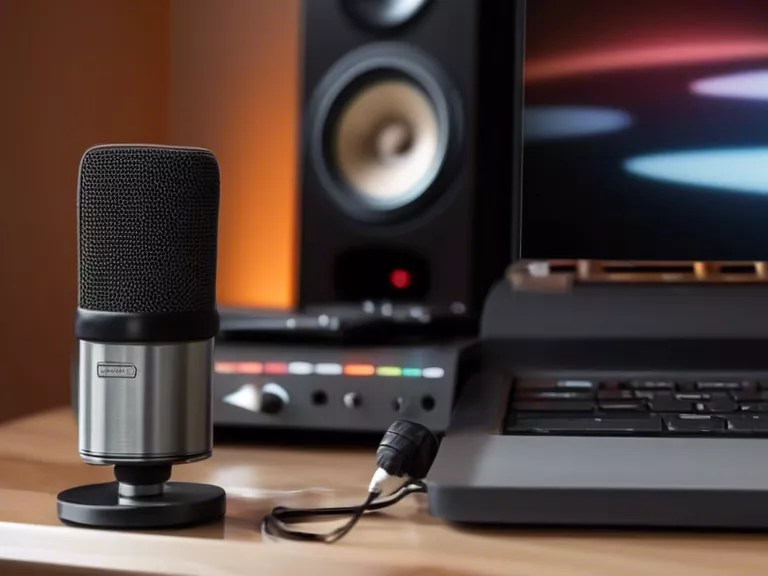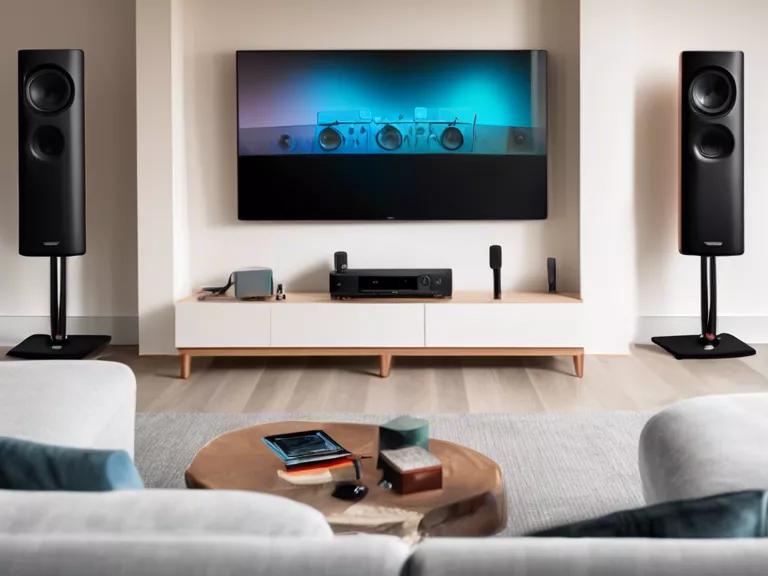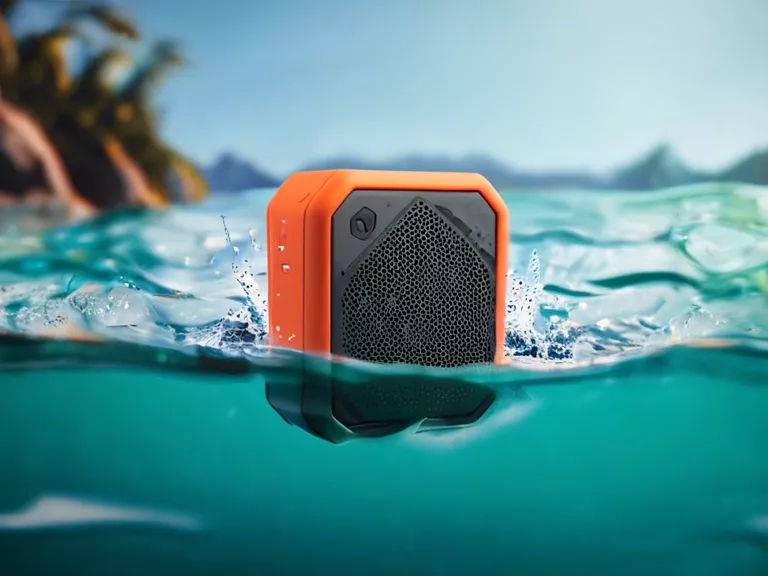
Calibrating your audio devices at home is essential to ensure optimal sound quality. Whether you are setting up a new speaker system, trying to improve the sound of your existing setup, or simply want to get the most out of your devices, proper calibration can make a significant difference. Here are some tips on how to calibrate your audio devices for the best sound quality at home.
Start by positioning your speakers correctly. The placement of your speakers can have a significant impact on the sound quality. Make sure they are positioned at ear level and are at an equal distance from your listening area. Avoid placing speakers too close to walls or corners, as this can result in unwanted reflections and distortions.
Adjust the settings on your receiver or amplifier. Most audio devices come with built-in equalizer settings that allow you to adjust the bass, treble, and midrange levels. Experiment with these settings to find the balance that works best for your room and preferences.
Use a calibration microphone. Some audio devices come with a calibration microphone that can help you adjust the sound settings automatically. Simply place the microphone in your listening area and let the device calibrate itself based on the acoustics of the room.
Fine-tune the sound settings. Once you have set up your speakers and adjusted the basic settings, take the time to fine-tune the sound further. Play a variety of music or movie clips and pay attention to the details in the sound. Make small adjustments to the settings until you are satisfied with the sound quality.
Consider room acoustics. The acoustics of your room can have a significant impact on the sound quality. Consider adding acoustic panels or rugs to reduce echoes and reflections, which can result in a more balanced sound.
By following these simple steps, you can calibrate your audio devices for optimal sound quality at home. Enjoy a superior audio experience with well-calibrated speakers and devices.



